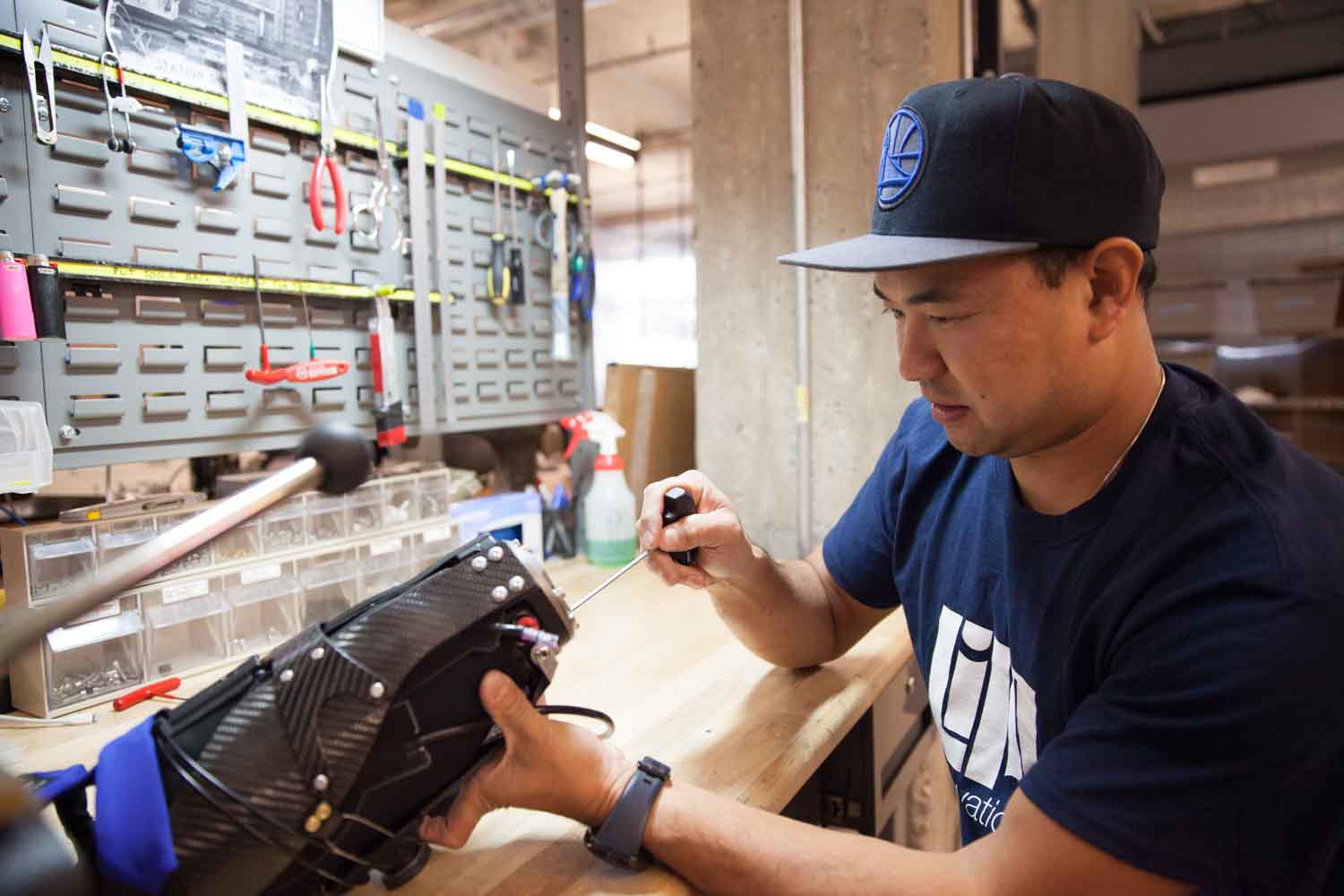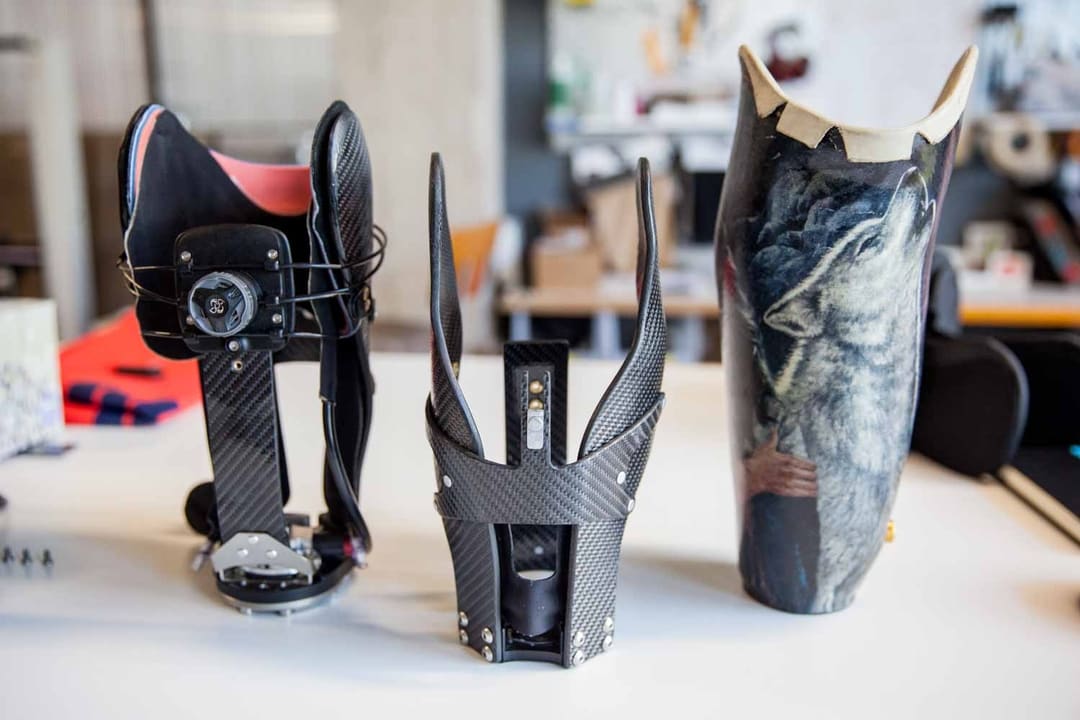ABS-Like is a general purpose polyurethane plastic that simulates ABS thermoplastic. This material is a great choice for most product enclosures.
Production Quality at Low Volumes
This process is a quick, cost-effective way to produce 10-200 units with production-level quality. Typically, each silicone mold will produce 20 castings.
Complex Elastomeric Parts
Urethane casting is ideal for prototyping elastomeric parts such as complex gaskets and overmolds on rigid parts.
High Level of Detail
Urethane casting allows for almost limitless complexity, including sharp internal corners unachievable with CNC machining, and designs without draft or uniform wall-thickness that can’t be injection molded.









